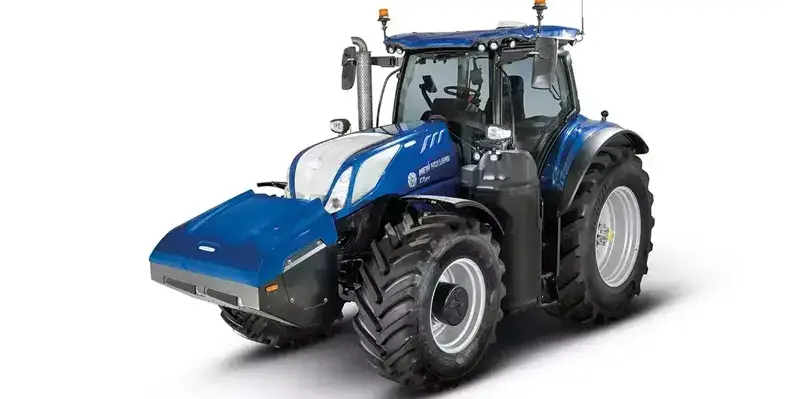
Condor, Tornado, and Dragon sprayers offer tailored solutions for farms of all sizes, backed by cutting-edge technology and smart usability.(Image credit: Agrifac)
AgriFac has pulled the wraps off three brand-new sprayers that promise to change the way African farmers protect and feed their crops
Designed with precision, sustainability, and scale in mind, the Condor, Tornado, and Dragon sprayers offer tailored solutions for farms of all sizes, backed by cutting-edge technology and smart usability.
The launch marks a bold step forward in crop protection and fertilisation across Africa, where efficiency, resource management, and environmental care are increasingly critical to farm profitability. AgriFac’s focus is clear: help farmers do more with less—less waste, less cost, and less environmental impact.
At the top of the range, the Condor is built for large-scale operations. It’s robust, capable, and engineered to deliver maximum performance even under tough climate conditions. Its wide coverage and tech-driven controls make it ideal for commercial farms looking to scale up without compromising accuracy.
Next is the Tornado- a versatile, mid-sized sprayer that balances power and precision. Compact yet tough, it’s designed for farms that need flexibility, particularly where terrain or field layout demand nimble, accurate spraying.
For smallholders, AgriFac introduces the Dragon - a user-friendly, low-maintenance sprayer that doesn’t skimp on performance. It’s light, affordable, and built to last, giving smaller farms access to the same innovations transforming larger operations.
What truly sets these machines apart is their smart tech integration. Each model can sync with a mobile app, giving farmers real-time feedback on spray coverage, application rates, and performance data. This enables smarter decision-making and helps reduce over-application and input waste.
Environmentally, AgriFac’s new line leads the way. With low-pressure nozzles and adjustable booms, the sprayers deliver targeted application with minimal drift protecting neighbouring crops, water sources, and biodiversity.
In a farming landscape where every drop and decision counts, AgriFac’s latest sprayers deliver a timely boost. For African growers facing rising input costs and climate pressures, these machines offer a practical, forward-thinking solution to modern farming challenges.







